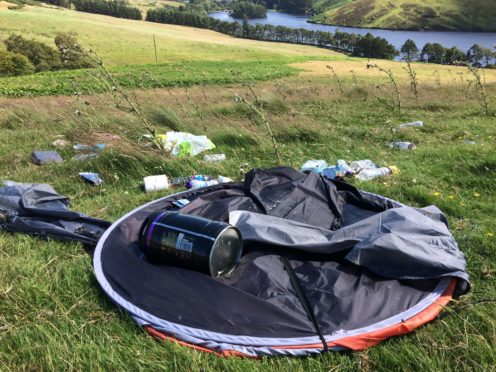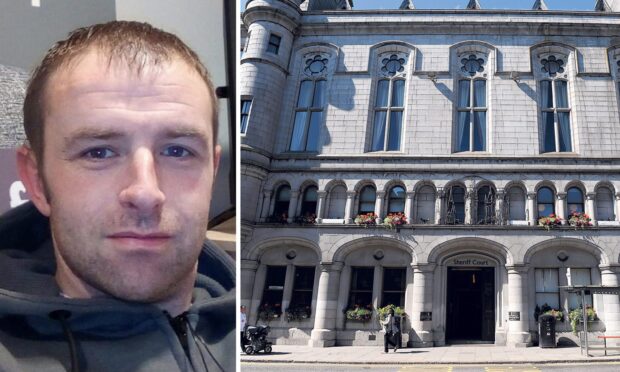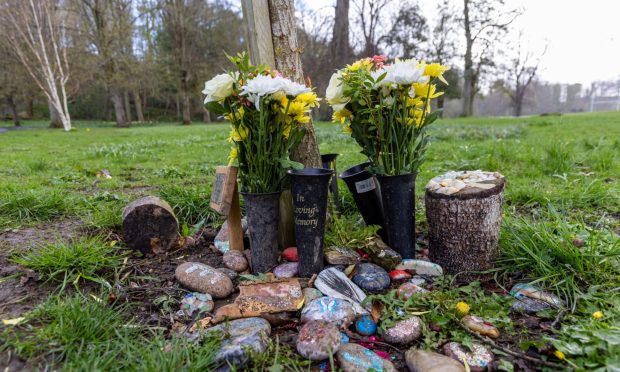A national mountaineering organisation has called on local authorities and other groups to crack down on irresponsible campers ruining Scotland’s beauty spots.
Mountaineering Scotland has called for a “multi-agency approach” to prevent damage to the country’s picturesque landscapes by reckless people taking part in “dirty camping”.
The group says the practice, where people leave litter behind after enjoying time outdoors, is an “increasingly common” occurrence in rural areas.
David Black, access and conservation officer for Mountaineering Scotland said: “Anti-social camping can and should be dealt with.
“Hotspots for dirty camping are usually known to local authorities.
Scottish coastline ruined by wild campers, say community councils
“We call for all those who are concerned about this to come up with local management plans that identify the problem and its causes, and identify the resources needed to tackle it.
“There is already legislation covering anti-social activity.
“What we need is coordination of resources to enforce it.”
>> Keep up to date with the latest news with The P&J newsletter
Of all the places irresponsible campers leave a mess, one of the most problematic, according to Mountaineering Scotland, is by the roadside where tents are pitched close to campers’ cars.
Often plastic, glass and burned ground is left behind, and occasionally camping kits and human waste.
Mr Black continued: “It is easy to associate all informal camping with rubbish and pollution, but the truth is different.
“Walkers and climbers going into the hills and wild camping tend to leave little trace of where they have been.
Sutherland councillor turns traffic warden to tackle antisocial camping at popular beach car park
“Roadside campers who leave no trace are also invisible.
“But the trail of dirty roadside camping is only too visible and is what gives all campers a bad reputation.”
Stuart Younie, the chief executive officer of Mountaineering Scotland, added: “We have seen a lot of camping this summer and it’s great to see people getting out to enjoy Scotland’s stunning scenery and the outdoor lifestyle, with all the health benefits it brings.
“But the downside has been the number of campers ruining beauty spots for other visitors and those who live there.
“Mountaineering Scotland does what it can to promote responsible behaviour. We think greater emphasis should be placed on government agencies, councils and national organisations working together with communities to develop local management solutions. We know where the pressure spots are.”










